David Rieder is a PhD student in the ARC CBBC PhD programme at the Eindhoven University of Technology in the group of Professor Hans Kuipers, where he is working on the modelling of catalyst preparation.
This video was produced in cooperation with ARC CBBC.
Why did you start studying chemical engineering?
’I actually wanted to be a chemist, but then I went to one of those information days where chemical engineering was presented. It was all about chemists, building things and building dangerous things that could potentially explode - all things I liked. Maybe I like danger. The last time I exploded something was in a laboratory in Russia. I introduced hydrogen before the reactor was completely purged and there was still oxygen in the reactor. I was impatient. The safety measures in that lab do not meet our safety standards.’
Why did you choose this line of research?
’I got there by chance. It’s a lot of fun, but it wasn’t planned, or a fascination. That came later. If you want to maximise the efficiency of a catalytically active material, you want to maximise the surface area, so you spread the active material as thinly as possible over a surface. That way you maximise the number of exposed active sites. The aim is to have a large surface area in a very small volume. Porous materials already have a lot of internal surface area, so I try to spread the active material as thinly as possible over the surface. The fabrication process for this diffusion is my research case study. I will probably specialise in porous materials for my postdoc.’
What would you still like to do?
’Right now I am most fascinated by bridging length scales. Determining what is important at the nanoscale and its effect at the millimetre or macroscale. There is a lot of interesting mathematics behind it. When you start doing the maths, you realise how much is unknown and how much is assumed. When does the system make sense and when are we doing it wrong? How often does the model actually work by chance?’


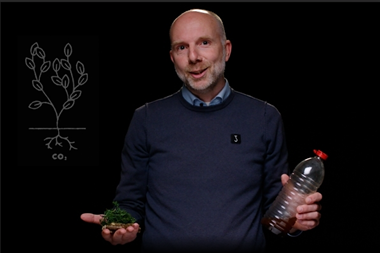
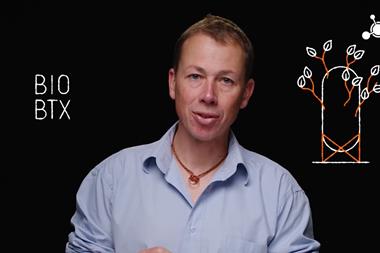
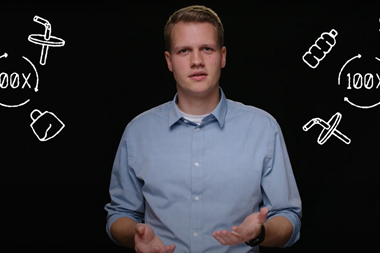
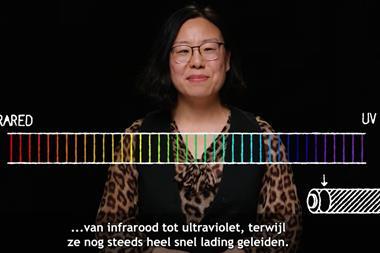
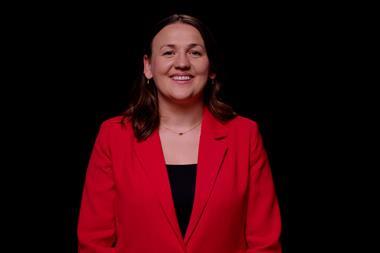

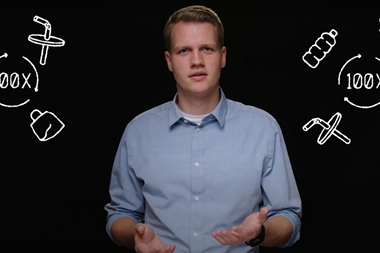
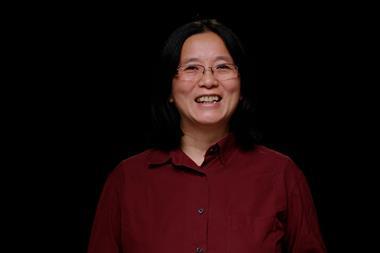










Nog geen opmerkingen